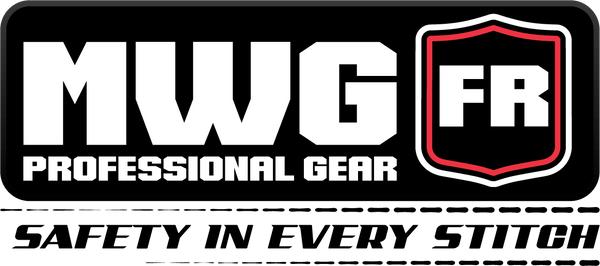As a lineman, utility worker, or professional working in high-temperature environments, you face unique challenges on the job, including extreme temperatures, such as heat stress. Heat stress is a serious occupational hazard that can lead to heat-related illnesses, injuries, and even death. According to Occupational Health Clinics for Ontario Workers (OHCOW), an estimated 220 workers in Canada are harmed annually from occupational heat stress.
Why Linemen are Vulnerable to Heat Stress
Heat stress is a significant occupational hazard for linemen working outdoors. Extreme heat events pose a substantial threat to their health, with:
- 1,200 deaths in Canada between 1900 and 2005 due to extreme heat events (Canadian Disaster Database)
- 120 annual deaths in Toronto from extreme heat between 1954 and 2000
- Predicted increase in hot extremes and heat waves, with more frequent days exceeding 30°C/86°F in many Canadian cities (Environment Canada)

Source: Environment Canada
Understanding Heat Stress
Heat stress occurs when your body can't cool itself properly, causing your core temperature to rise. This can happen when you're working in high temperatures, humidity, or direct sunlight. High air temperatures, radiant heat sources, high humidity, direct physical contact with hot objects, and strenuous physical activities all contribute to heat stress. For every 1°C increase in daily maximum summer temperature, heat illness claims rise by 28% to 51% (National Institute of Public Health of Quebec).
Heat Stress Risks and Consequences
Heat stress can lead to a range of health problems, including:
- Dehydration
- Heat exhaustion
- Heatstroke
- Kidney damage
- Cardiovascular problems
Additionally, Flouris et al. (2018) found that 15% of workers who frequently work under heat-stress conditions experience serious heat-related illnesses.
Preventing Heat Stress
Preventing heat stress requires a combination of proper training, equipment, and clothing. To reduce your risk of heat-related illnesses:
- Take regular breaks in cool, shaded areas
- Stay hydrated by drinking plenty of water
- Wear lightweight, loose-fitting clothing
- Choose FR clothing with moisture-wicking technology
The Importance of FR Clothing
When working in hazardous environments, it's crucial to prioritize your safety and well-being. Flame-resistant (FR) clothing plays a vital role in protecting you from heat stress and other risks on the job. Effective FR clothing incorporates advanced features like permanent moisture-wicking technology, breathable fabrics, and ergonomic design elements such as arm mobility and flat seam construction. These features work together to enhance your comfort and safety, allowing you to focus on your work with confidence and peace of mind.
MWG's Cooling FR Solutions
At MWG, we offer innovative FR clothing solutions designed to meet the unique challenges of your occupation. Our cooling FR collection includes MWG COMFORT WEAVE™, MWG FLEXSAFE™, MWG EVOLUTION™, and MWG RIPGUARD™, designed to keep you cool, dry, and protected. Contact us for more information or to learn more about our FR clothing solutions.
